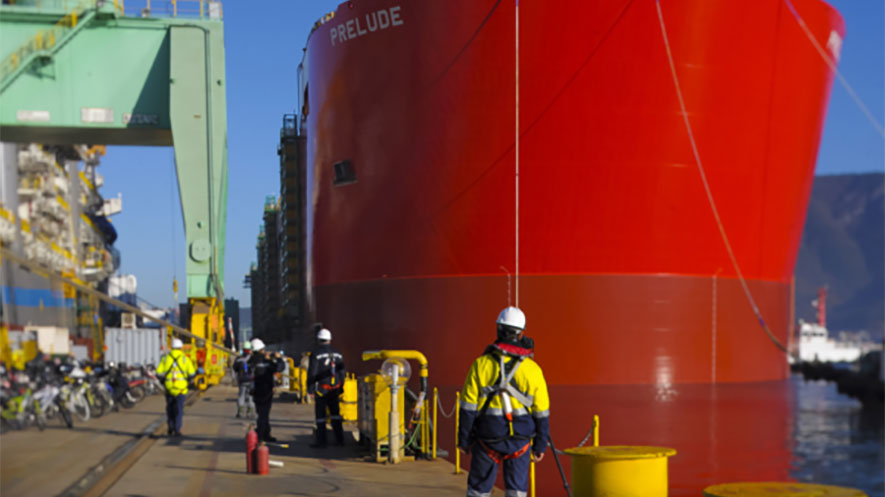Premium ship hull coatings from the world’s two largest manufacturers, currently promoted as ‘green’ alternatives, have been found to contain tin compounds that creates imposex in sea snails and other species: female sea snails (marine gastropod molluscs) develop male sex organs.
This according to Wikigreen, a whistle-blowing website run by shipping and coatings industry professionals, academic researchers specializing in the marine environment, and journalists. The claims however are disputed.
Andrew Wood, Senior Spokesman for AkzoNobel Global Communications replied in a letter to ECO magazine that, “The organotins used as catalysts in foul release coatings do not contain banned substances and are allowable under the IMO AFS Convention” He added that “The quantities of organotins used as catalysts are within the limits allowable under the IMO AFS Convention.”
WikiGreen claims that independent testing of one coating, marketed as “biocide-free”, has revealed significant amounts of toxic tin compounds, despite all use of tin as an anti-fouling agent being strictly banned by the UN’s International Maritime Organisation (IMO) since 2008. The IMO ban on tin-based anti-fouling came after the discovery that it was causing ‘chemical castration’ of key marine species, including causing female snails to grow a penis. Mr. Wood disputed this, writing, “The quantities of organotins used as catalysts are within the limits allowable under the IMO AFS Convention.
Wikigreen says lab results they have seen confirmed suggestions that the leading silicone “foul-release” hull coating, Intersleek 1100SR, contains significant amounts of organotin. A sample of Intersleek 1100sr, manufactured by International Paints (an AkzoNobel company), was analyzed by spectometer at a respected European lab. Results found tin composed between 1% and 2% of the sample by mass of the liquid paint. AkzoNobel claims that the amount is actual 0.1% - an amount they say is well within limits allowed by the IMO AFS convention.
Wikigreen says that after evaporation of solvents, the tin content of the dried coating would be expected to roughly double, leaving more than a third of a liter of tin per 20-liter can of paint. Since an average size cruise vessel might need 8500 liters of hull paint, approximately 300 liters of tin could be contained in the coating – a volume of serious concern to marine biologists.
Wikigreen says that it has been generally assumed that tin contamination of the oceans by shipping had ended after the IMO ban came into effect. They claim that AkzoNobel, and possibly other anti-fouling manufacturers, may be continuing to use it in amounts large enough to have toxic effects on marine life while arguably staying within the etter of the law.
AkzoNobel responded with “The organotins used as catalysts in foul release coatings do not contain banned substances and are allowable under the IMO AFS Convention.”
Wikigreens said that an “apparent loophole” in the wording of the 2008 IMO ban on tin products can be interpreted as failing to completely ban all traces of tin in anti-fouling coatings, but the ban explicitly includes “Organotin compounds which act as biocides in antifouling systems.” While Akzo Nobel acknowledge the presence of tin in their premium ‘foul-release’ coating, its presence is said to be as a left-over catalyst from the production process rather than intentionally as a biocide. AkzoNobel responded to this claim in their letter to ECO saying, “The catalyst is bound in the polymer matrix of the final product.”





